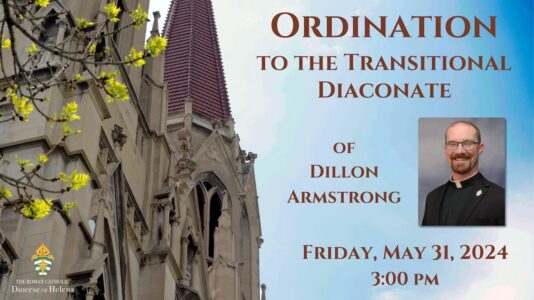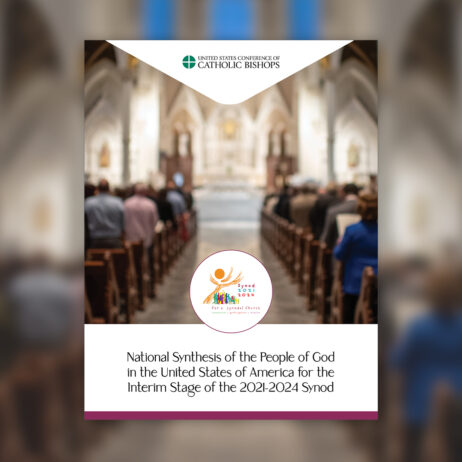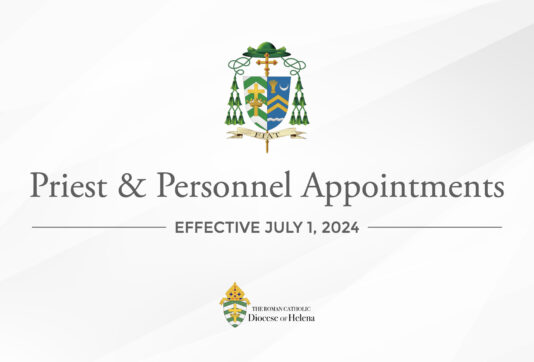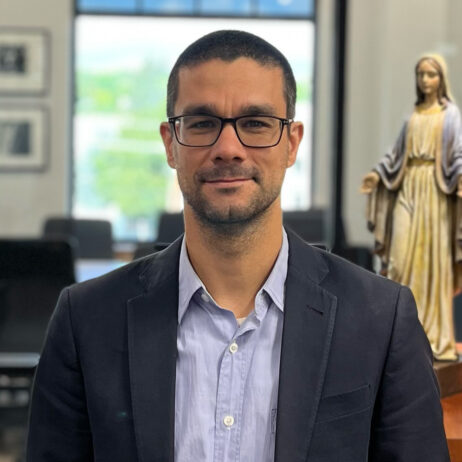
Dr. Brian Barrett
Diocesan Formator of the Faith
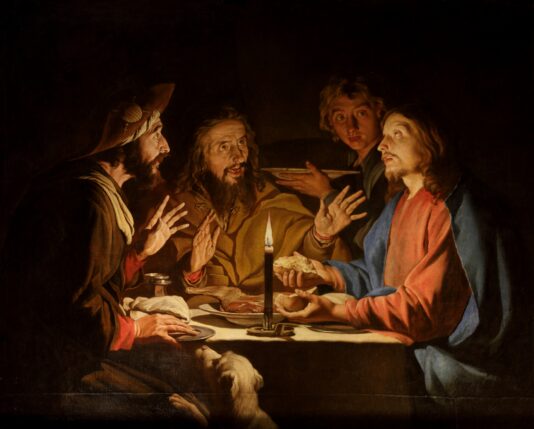
The gospels do not depict the resurrection. They allow us to see, with the myrrh-bearing women and with Peter and John, the empty tomb. They allow us to hear the proclamation. And they describe the risen Lord’s appearances. But the resurrection is not depicted. As the Exsultet sings: “O truly blessed night, worthy alone to know the time and hour when Christ rose from the underworld!”
The significance of this—that there neither were nor could have been eyewitnesses to the resurrection—is perhaps found in what the gospels do show us: the troubling failure of his disciples to recognize Him. Mary Magdalene mistook Him for the gardener; how “foolish” and “slow of heart” the disciples walking to Emmaus seemed to Him. Matthew tells us that, even after seeing Him, “some doubted.” And when, at the end of John, Jesus prepares breakfast for His disciples, the evangelist adds that none “dared ask Him, ‘Who are you?’ They knew it was the Lord.” Why add this detail? Doesn’t it imply that in His prior appearances they had in fact failed to recognize Him?
What are the gospels telling us by handing on these stories? They check any presumption on our part that we would have recognized Him. More than that, they invite us to consider what it means to see Him now. We think we can, without conversion, look on and recognize the risen Lord. But to see Him is to see a “love strong as death,” the love which conquered through His passion, death, and resurrection, a “jealousy cruel as the grave” (Song 8:6). It is to see all things from the perspective of this love and to know that there isn’t anyone who can’t say with Paul, “the Son of God loved me and gave His life for me” (Gal 2:20). Seeing Him means seeing one another with the same sacrificial love with which He sees them. And it is a sacrifice to see others in this way. It requires that we allow His self-gift to burn away the spite, fear, contempt, and bitterness we feel for others because we have found ourselves bound to them in a communion we didn’t create, deserve, or earn. This communion has no regard for whether we like others or not, whether we find them virtuous or petty, friends or enemies. These differences may not disappear; but we grow in a communion which has no basis in them (as do all other forms of community), but whose basis is only and wholly in a bond of communion we didn’t give ourselves: in His self-gift and in His blood shed while we were all still enemies with God.
How can we learn to see our bond of communion in Him and so see Him? “The Eucharist makes the Church” (CCC 1396). In receiving Him, we receive the love that triumphed over death to become the bond of our communion in Him as His Body. Little by little, we begin to see as He does and to see one another as the members of His Body. St. Augustine comments that “for our sakes” Christ prevented the disciples walking to Emmaus from recognizing Him until they did in the breaking of the bread, “because we weren’t going to see Him in the flesh, and yet we were going to eat His flesh” (Sermon 235).

